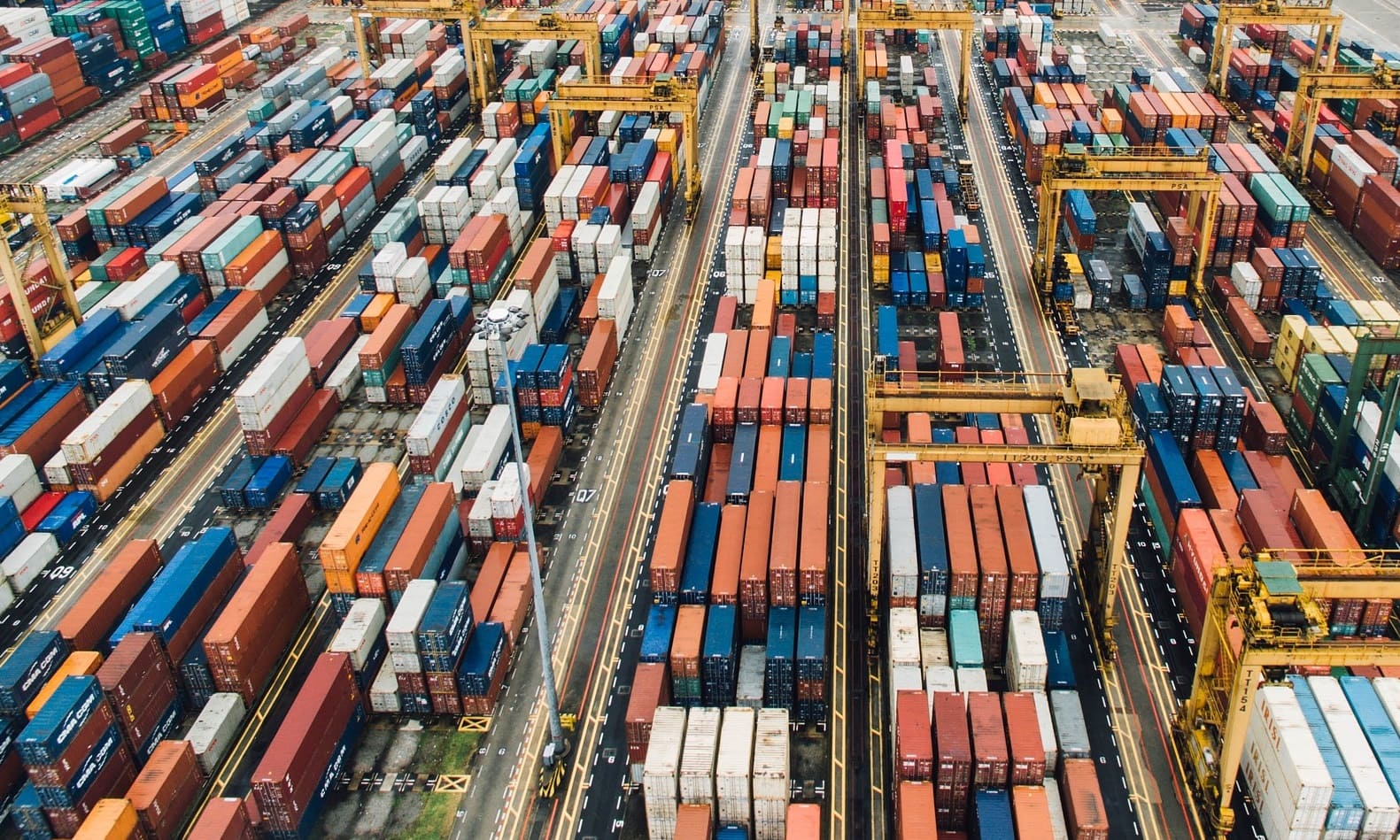
You’ve probably heard that India’s trade gap with China just hit a record $99.2 billion in the fiscal year 2024–25, right? In simple terms, we’re snapping up smartphones, solar panels, and big industrial machines like there’s no tomorrow, while sending them mostly iron ore and cotton in return. Honestly, it’s like spending all your pocket money on sweets and then trying to pay rent with loose change from your piggy bank. Clearly, economists and policymakers are sweating bullets. So, let’s unpack why this is happening, why it really matters for you and me, and—most importantly—what steps we can take next.
Current Situation: Numbers That Won’t Stay Quiet
Well, here’s the deal: between April 2024 and February 2025, India imported $103.78 billion worth of goods from China, while our exports to them languished at just $12.74 billion. That means an eleven‑month deficit of over $91 billion—and by the end of March 2025, it’s set to cross $100 billion. What’s driving this? Mainly electronics, electric batteries, consumer durables—you name it. Meanwhile, exports to China actually fell by around 14.5% in March 2025 compared to March 2024. Trust me, that drop stings.
Survey Note: Detailed Analysis of India’s Trade Deficit with China
On April 16, 2025, Reuters flagged that our deficit reached $99.2 billion. This surge, fueled by electronics and energy‑related imports, shines a spotlight on how dependent we’ve become—and why that has everyone from Delhi to Chennai talking. With global tensions—especially U.S.–China trade friction—this isn’t just about numbers; it’s about strategy too.
Current Trade Dynamics: The Widening Gap
India actually runs a surplus with 151 countries—covering over 55% of our exports (Global Trade Research Initiative via The Hindu, Sept 2024). However, with China, we’re in a different league altogether:
| Period | Imports from China ($ bn) | Trade Deficit ($ bn) |
|---|---|---|
| Apr 2024–Feb 2025 | 103.78 | >91 |
| 2023–24 | 101.73 | 85.08 |
| 2022–23 | – | 83.20 |
| 2021–22 | – | 73.31 |
| 2020–21 | – | 44.00 |
| 2019–20 | – | 48.65 |
Root Causes: Peeling Back the Layers
- Trade Composition Imbalance
Essentially, we import high‑value finished goods—think telecom gear, solar cells, chemicals, heavy machinery—while our exports are low‑value raw materials like iron ore, cotton, and gems. As the Embassy of India in Beijing notes, we’re missing out on adding more value before selling abroad. - Market Access Barriers
Oddly enough, even though India excels in pharmaceuticals, IT services, and agriculture, Chinese markets are tough to crack. Their rules favour local firms, whereas our markets stay wide open for Chinese goods. This asymmetry only deepens the gap. - Smart Chinese Branding
Brands such as Xiaomi and Oppo, along with solar‑panel and battery makers, have fine‑tuned products to match Indian tastes and wallets. As a result, local manufacturers struggle to compete on price and scale.
Economic & Strategic Implications: Real‑World Risks
- Foreign Exchange Drain
When we run such a large deficit, we’re constantly pumping foreign currency out. That can deplete our reserves, weaken the rupee, and push up borrowing costs. - Hit to Domestic Industry
From Noida’s electronics hubs to textile units in Tirupur, small and medium enterprises are closing shops because they just can’t match cheap imports. - National Security Concerns
Given the current geopolitical standoff with China, relying on them for critical goods is risky. Any sudden cutoff—political or logistical—could leave us in a real bind.
Global Context: Knock‑On Effects of U.S.‑China Tensions
In April 2025, the U.S. paused tariff hikes for 75 countries (including India) for 90 days, while hiking levies on Chinese imports. Consequently, China may redirect goods toward markets like ours, further inflating our deficit. However, this also presents a chance: manufacturers seeking to move out of China might consider India—if we can offer the right incentives.
Potential Solutions: Turning the Tide
- Boost Local Manufacturing
Schemes like Make in India and the PLI programme are steps in the right direction, especially for electronics, solar kits, and pharma. We need to scale these up, fast. - Diversify Import Sources
Rather than lean solely on China, we could import more from Vietnam, Taiwan, or South Korea. That would spread risk and balance supply chains. - Negotiate Fairer Access
Our diplomats should press Beijing hard for better terms, especially in pharma, IT, and agri‑products—sectors where we excel. - Smart Tariffs
Targeted duties on non‑essential Chinese goods can give local players breathing room, but we must watch out for consumer price hikes and retaliation. - Invest in R&D & Value Addition
Instead of exporting raw cotton or ore, let’s focus on finished textiles and steel products. Adding value is key to narrowing this gap. - Keep Dialogue Open
Even when things get tense, communication with China can pave the way for more balanced, long‑term trade relations.
Conclusion & Personal Takeaway
Honestly, this record deficit is a wake‑up call. Yes, it shows our appetite for modern tech and infrastructure. But unless we build those capabilities at home, we’ll stay vulnerable. Personally, I see this as our moment to double down on self‑reliance—invest in our industries, push innovation, and negotiate hard for fair trade. If we act now, we can turn this challenge into the next big chapter in India’s growth story.
If you’re into this topic, you’ll definitely want to check this out too: Trump’s Tariff Pause: South Korea Talks, India Watches Closely
Follow us in X to follow similar topic: Sochbuzz

No comments yet. Be the first to comment!